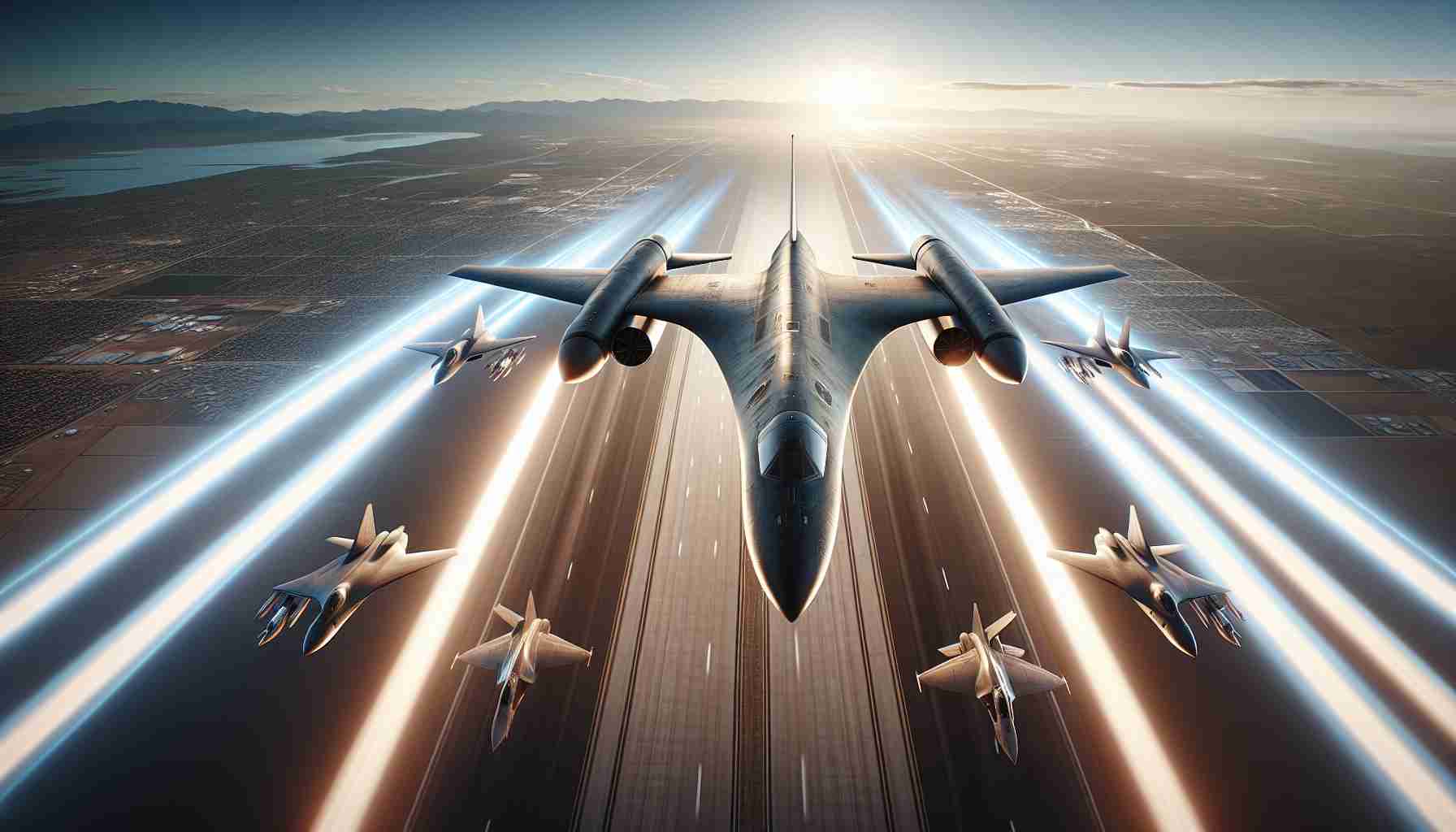In a stunning turn of events, astronaut Sunita Williams and her colleague Butch Wilmore have been confined to the International Space Station (ISS) for an astonishing 150 days following a malfunction of Boeing’s Starliner spacecraft. Initially intended for an eight-day mission, their continuation in orbit has sparked significant health concerns, particularly regarding Williams.
Recent images show Williams, aged 59, with a noticeably thinner frame and pronounced facial features, revealing alarming signs of weight loss. A NASA source indicated that the astronaut has experienced severe weight reduction, raising alarms about her well-being. They emphasized the urgency of addressing her declining health, stating she seems “skin and bones” after months in microgravity.
Space living can impose extreme demands on astronauts, necessitating a substantial caloric intake to maintain weight. NASA studies suggest that astronauts must consume between 3,500 to 4,000 calories daily to prevent rapid weight loss, but Williams has struggled to meet these dietary requirements. Dietary options in space are specialized, involving freeze-dried and thermo-stabilized foods, but even snacking on items like granola bars may not suffice during this prolonged mission.
In light of these concerns, NASA officials have assured that all astronauts are closely monitored for health issues. Despite these safeguards, worries persist regarding Williams’ ability to regain her strength before their anticipated return in early 2025 aboard SpaceX’s Crew-9 Dragon capsule.
Beyond the Stars: The Hidden Challenges of Extended Space Missions
The Struggles of Long-Duration Spaceflight
As humanity pushes the boundaries of exploration beyond Earth, the challenges of long-duration spaceflight are coming into sharper focus. The recent experience of astronauts Sunita Williams and Butch Wilmore aboard the International Space Station (ISS) highlights vital health risks associated with extended periods in microgravity. While short missions have taught us much about space travel, the prolonged confinement in orbit brings a host of problems that could influence future missions, including those to Mars or other celestial bodies.
Psychological Impact and Social Dynamics
One less-discussed aspect of long missions in space is the psychological strain placed on astronauts. The isolation and confinement can lead to issues such as anxiety, depression, and interpersonal conflicts within the crew. An extended stay in a confined environment disrupts social interactions, which can exacerbate feelings of loneliness and stress. Studies indicate that managing social dynamics and ensuring mental well-being are as crucial as solving technical challenges in space missions.
Benefits vs. Risks of Extended Missions
The potential advantages and disadvantages of long-duration space missions are significant. On the one hand, extended missions allow for more substantial scientific research and experimentation, providing invaluable data on human health, biology, and the effects of microgravity. On the other hand, the physical and psychological toll on astronauts can jeopardize both their health and mission success.
Should Astronauts Have a Backup Plan?
Given the risks highlighted by the ISS incident, one pressing question arises: Should astronauts have contingency plans or emergency resources to address unexpected health issues during prolonged missions? In addition to physical health resources, the integration of psychological support systems could prove beneficial. Enhanced strategies for mental health, including regular check-ins with Earth-based psychologists and relaxation exercises, may improve astronaut resilience.
Budget Concerns and Resource Allocation
Controversies about financing space missions often arise, especially when discussing the funding of solutions that could mitigate health risks. Critics argue that money spent on health resources could divert funds from scientific research. However, proponents defend that maintaining astronaut health should be the top priority, emphasizing that science can only be done if the crew is fit and functioning.
Future Considerations for Space Exploration
Going forward, space agencies must weigh the findings from such incidents carefully. Are we prepared to adapt our mission architectures to accommodate longer stays in space? How can we evolve our nutritional science and psychological support to ensure the well-being of astronauts on the frontier of exploration? Addressing these questions will shape the future of human spaceflight and its viability for ambitious missions beyond our planet.
For more insights on space exploration and health management, visit NASA.











